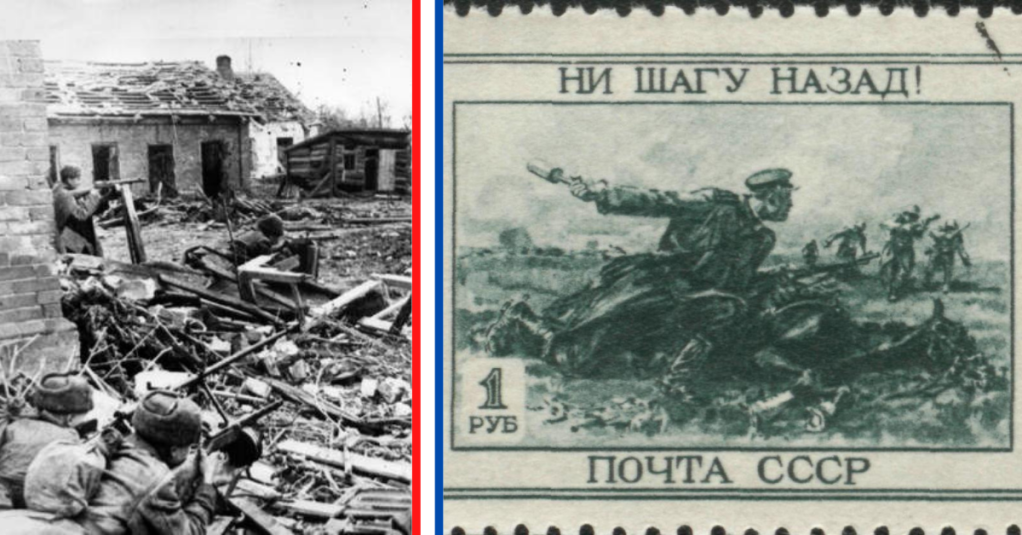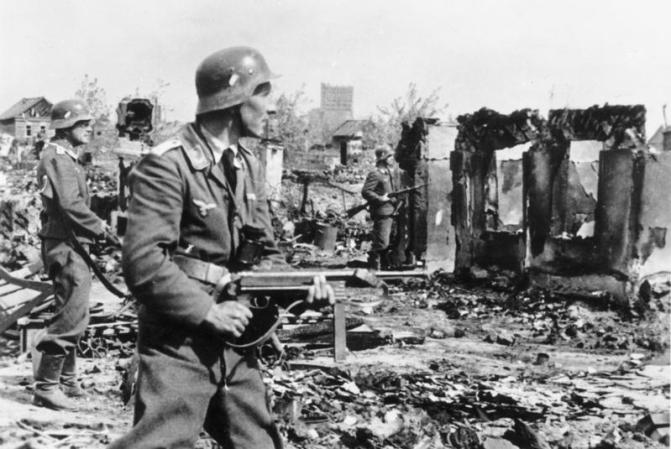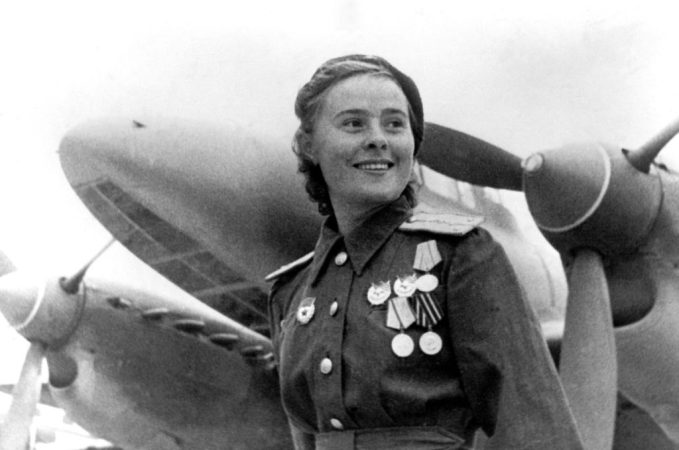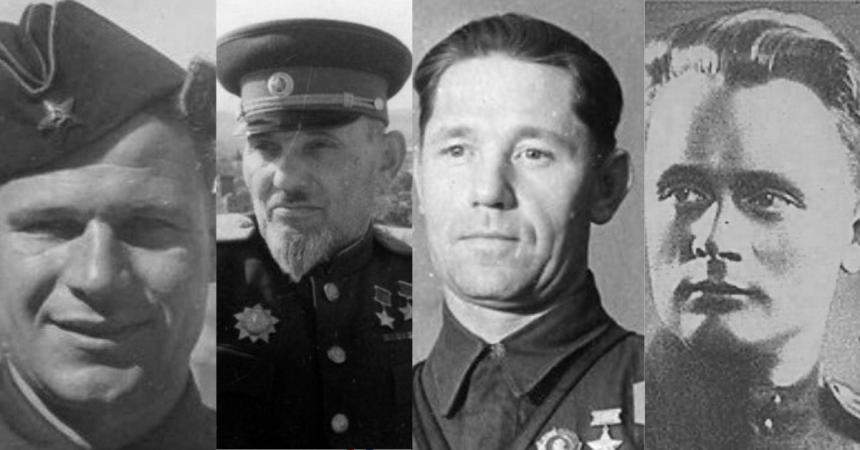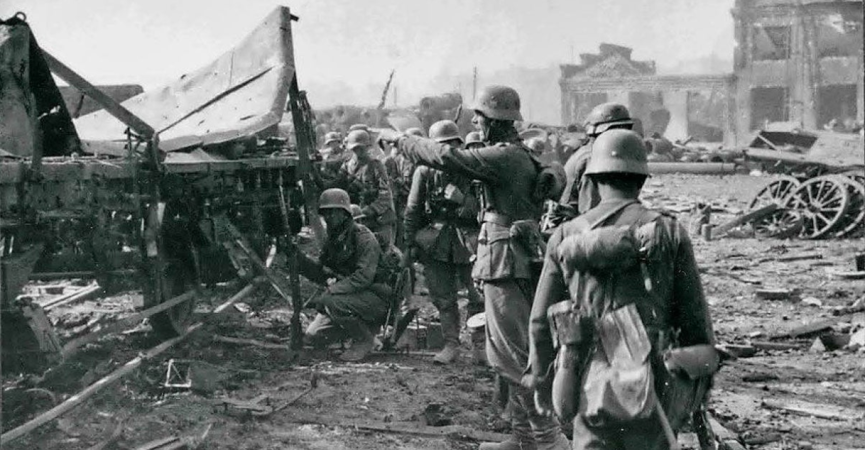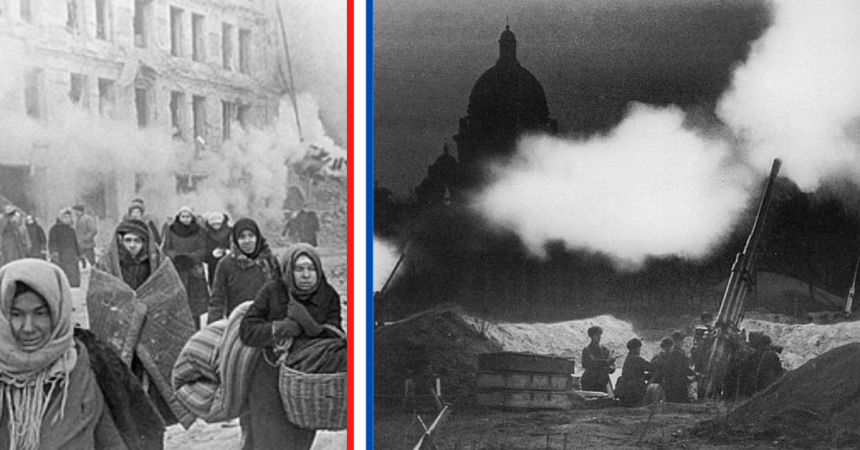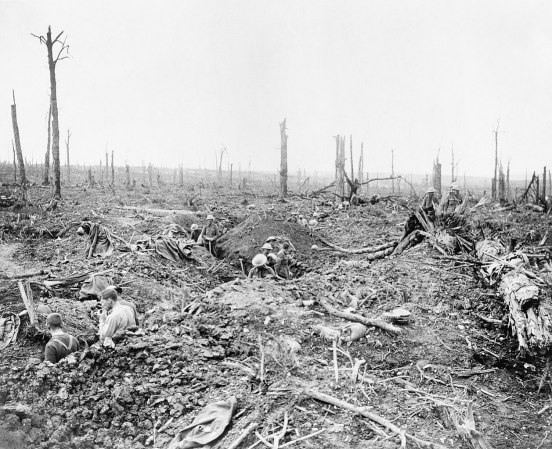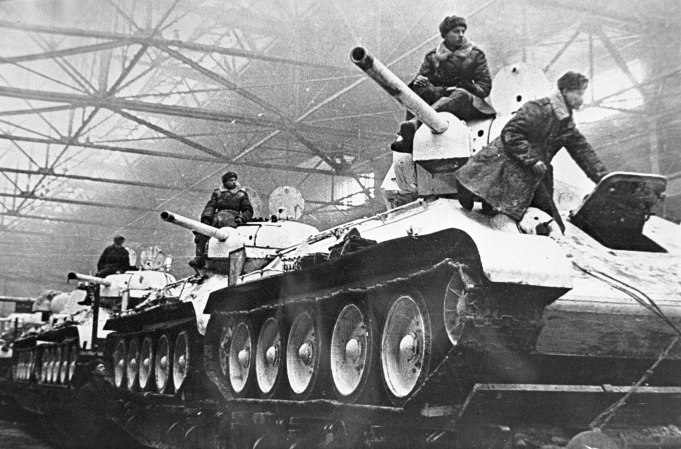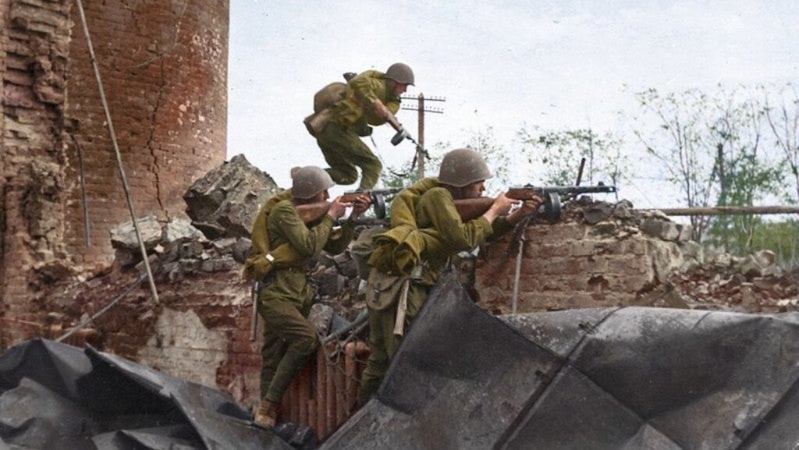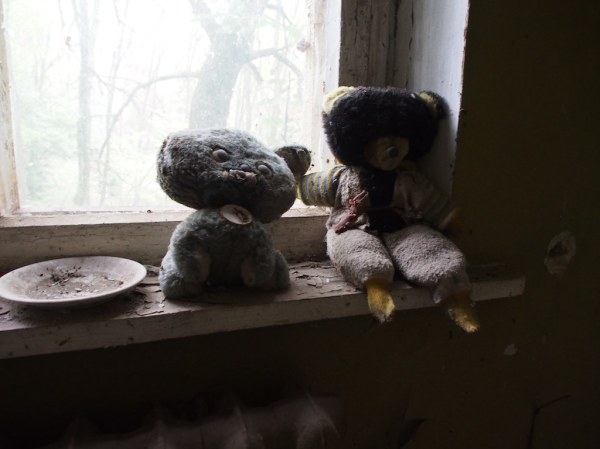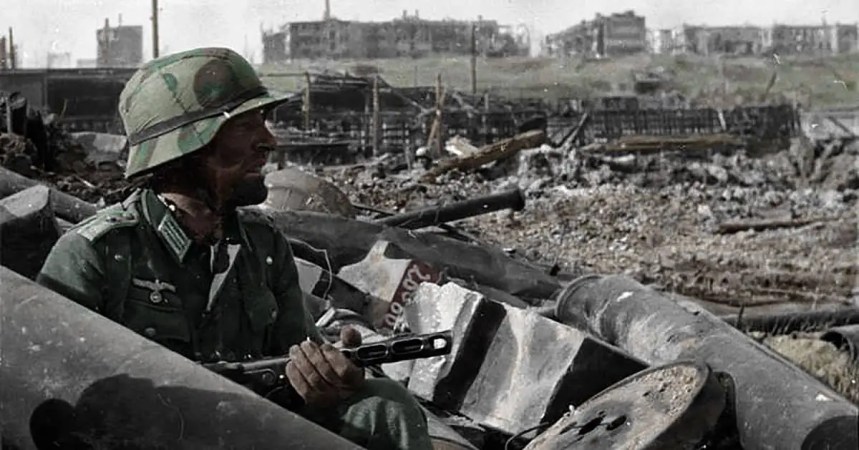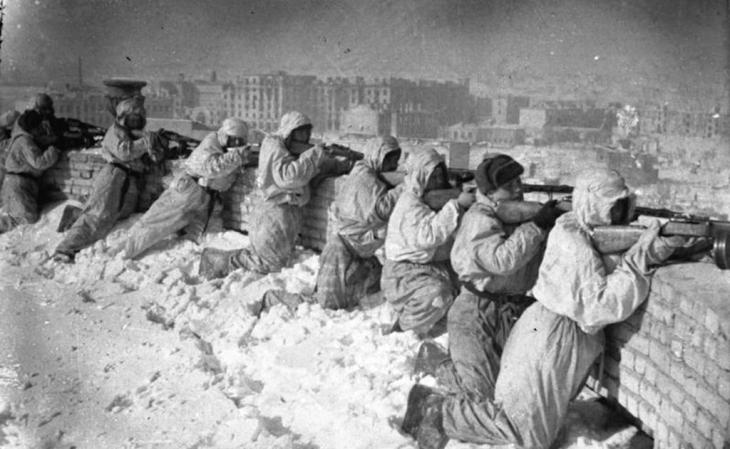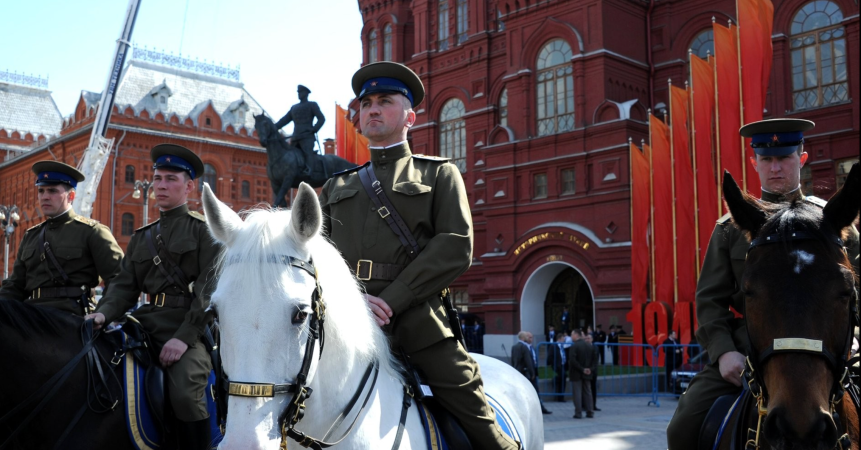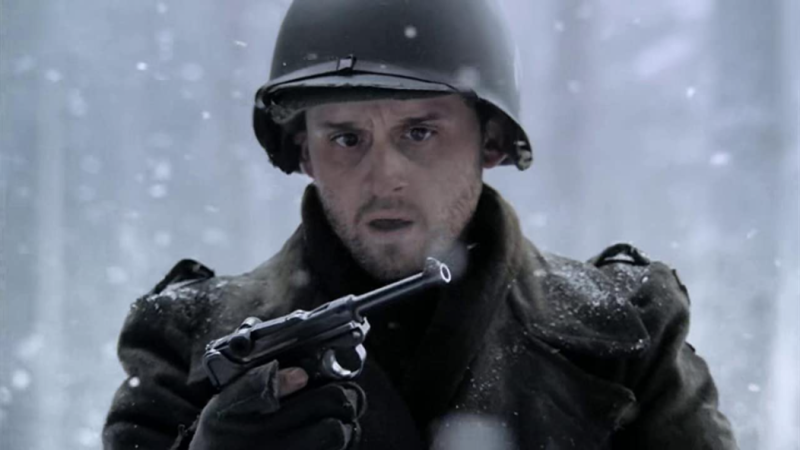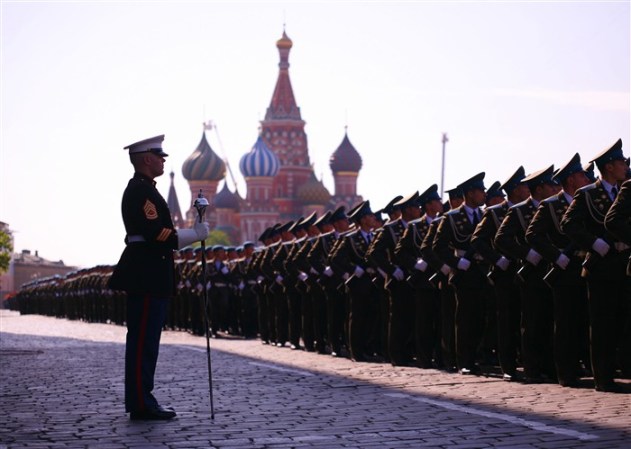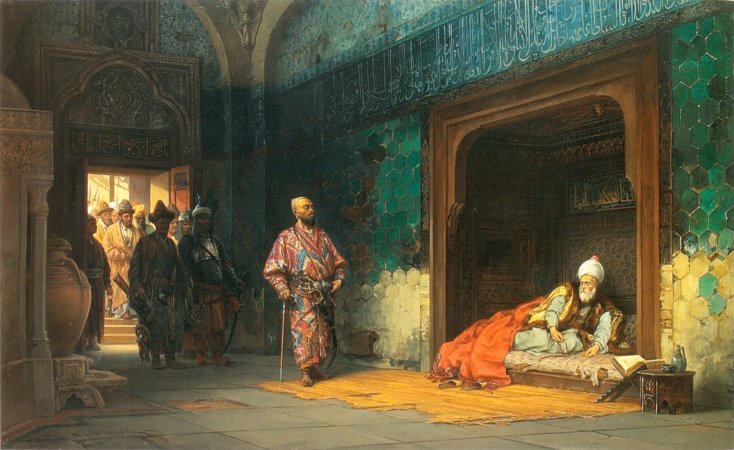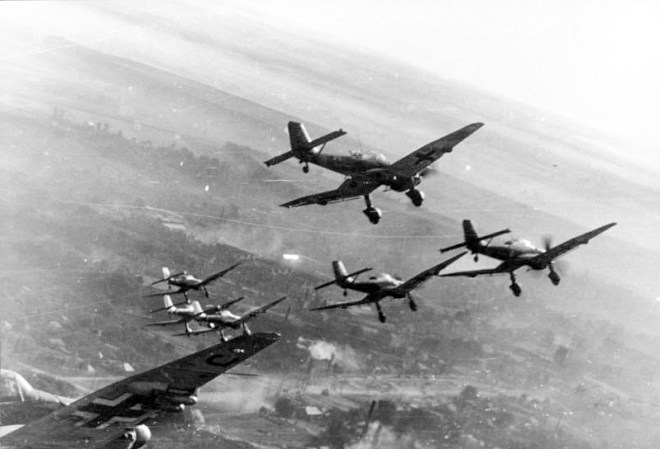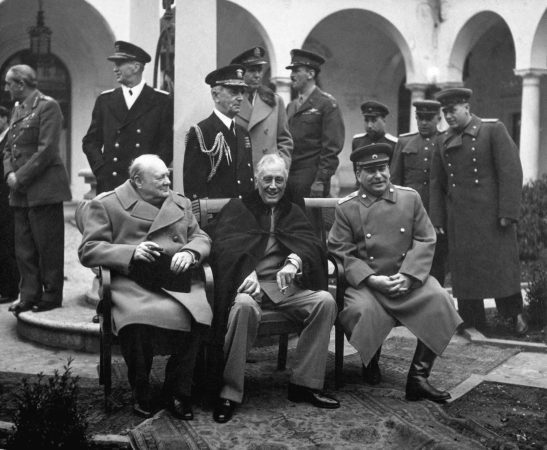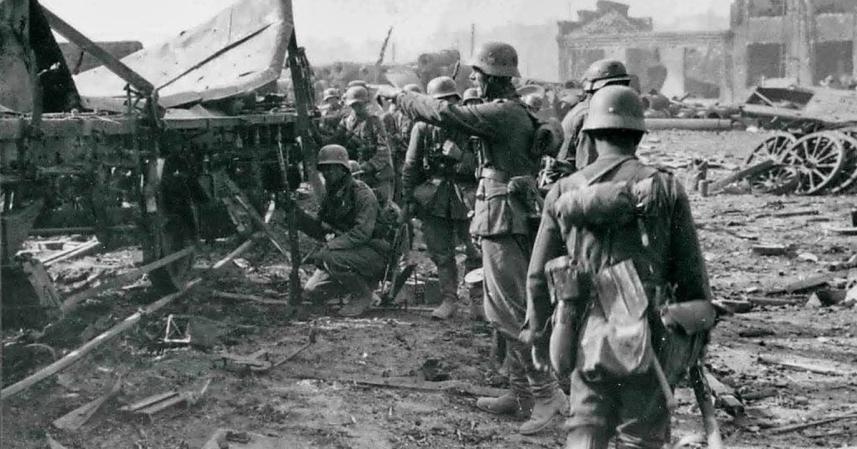The Battle of Stalingrad was a pivotal moment in World War II. It saw Russian forces pitted against Nazi Germany and their Axis allies. From the hot summer of ’42 to the chilly embrace of February ’43, two million brave souls played the deadliest game of tag. And, if you’re counting the scoreboard, two million found themselves out of the game, including a hefty slice of Russian civilians. Spoiler alert: This rumble in Russia’s steel jungle played a considerable role in flipping the WWII narrative in favor of the Allies.
Stirring the Stalingrad stew
Cut to World War II’s halftime show: the Wehrmacht, after flexing their muscles in Ukraine and Belarus (classic summer holiday spots, obviously), thought, “Why not crash Russia’s southern soirée next?” Here’s the kicker. Stalin and his Red Army pals had already shown the door to a pesky German crew wanting a taste of Moscow’s winter wonderland in ’41-’42. However, it wasn’t all cheers and vodka. The Reds had more than their fair share of bumps and bruises.
Enter stage left: Stalin’s brain trust, including the up-and-coming star Nikita Khrushchev. The lot was convinced the Nazis would waltz into Moscow. But, in a move straight out of a telenovela, Hitler set his sights on Stalingrad instead. And why not? It’s Russia’s workshop, churning out the finest boom-booms (read: artillery) and it’s got the Volga, the M1 highway for boats.
Stalingrad showdown: Act I
The Russians, always ones to put up a good fight, initially gave the German Wehrmacht’s advances a bit of a cold shoulder. Despite the frosty welcome, with over 200,000 of Stalin’s boys checking out, the home team still had some game left in them.
Knowing Herr Hitler’s playbook, the Russians played the intelligent game, relocating their stash of grain and cattle. But in a move that would make any poker player proud, they left the city’s whopping 400k citizens in place, thinking, “Hey, morale boost, anyone?”
The German Luftwaffe, not one to be outdone, went on an absolute bender. They turned the Volga River into the world’s least pleasant water park and gave the city a whole new open-air concept. Civilian count post rampage? Suffice it to say the census that year wasn’t great.
By September, things were looking pretty blue for the Russians. With the skies practically branded with a Luftwaffe logo, the Russian call to arms was basically: “Got hands? Cool, come help.” They had everyone, from Aunt Masha to the local baker, on the front lines. Stalingrad by Autumn? More like Staling-rubble.

‘Not a Step Back!’
Amid the devastating bombings and dire situation, Stalin issued the infamous Order No. 227. “Not a step back!” was its clarion call. This wasn’t just an order; it was a fierce declaration of resolve. Those who dared retreat without orders faced the wrath of military tribunals, and for many, the ultimate penalty awaited. The decision wasn’t made lightly; the Soviets were at a breaking point. With the city’s defenses teetering, the order became a psychological weapon, as potent as any piece of artillery in the Red Army’s arsenal.
Every soldier, from seasoned veterans to fresh recruits, knew the gravity of the situation. With the weight of this order on their shoulders, they weren’t just fighting for their country or their city; they were fighting for their very lives against both the advancing enemy and the looming shadow of their own leadership’s decree.
Operation Uranus
There were few troops, only around 20,000, and not even 100 tanks in the city. But finally, Stalin’s top leaders sent more soldiers into the city and nearby places. They fought a lot on the streets of Stalingrad. Both sides had snipers hiding on the tops of the buildings, shooting at each other. Two important Russian generals, Georgy Zhukov and Aleksandr Vasilevsky, got their soldiers ready in the mountains to the north and west of the city. Then they attacked the enemy, which was a big move called Operation Uranus.
Even though they lost many soldiers again, the Russian forces were able to make a kind of protective circle around the city by the end of November 1942. This trapped almost 300,000 German and other Axis troops from the 6th Army. Because the Russians stopped the supplies from reaching the Germans, the trapped soldiers in Stalingrad started to go hungry. When the cold winter came, the Russians took advantage of the Germans’ weakness and attacked.
Russian winter gets cold
As the harsh Russian winter started, the Russian generals understood that the Germans would have difficulty fighting in such challenging conditions. They made their positions stronger around Stalingrad, making it difficult for the German soldiers to get what they needed. The Russians were basically closing in on the Germans like a tightening rope.
Because the Russians had won battles nearby, like in Rostov-on-Don, about 250 miles from Stalingrad, the Axis forces (mostly Germans and Italians) were spread thin. The Russians launched Operation Little Saturn, which broke the lines of the mostly Italian forces on the city’s west side. At this point, the German generals gave up trying to help their trapped soldiers in Stalingrad. But Hitler still didn’t want to give up, even though his soldiers were getting hungry and running out of ammo.
Stalingrad battle ends
By February 1943, the Russian soldiers had taken back Stalingrad and caught almost 100,000 German soldiers. Some small groups of enemy soldiers kept fighting in the city until early March. Many captured soldiers died in Russian prison camps because of sickness or hunger.
The loss at Stalingrad was the first time Hitler admitted he had failed in the war. This made Hitler and his group have to defend themselves more, making the Russians feel stronger as they kept fighting on the Eastern Front in World War II.
In the end, lots of historians think the Battle of Stalingrad was a huge turning point in the war. It was the start of the Allied forces – Russia, Britain, France, and the United States – getting closer to winning. In February 2018, people in Russia came together in a place now called Volgograd to remember the 75th anniversary of when the terrible battle in their city finally ended.


